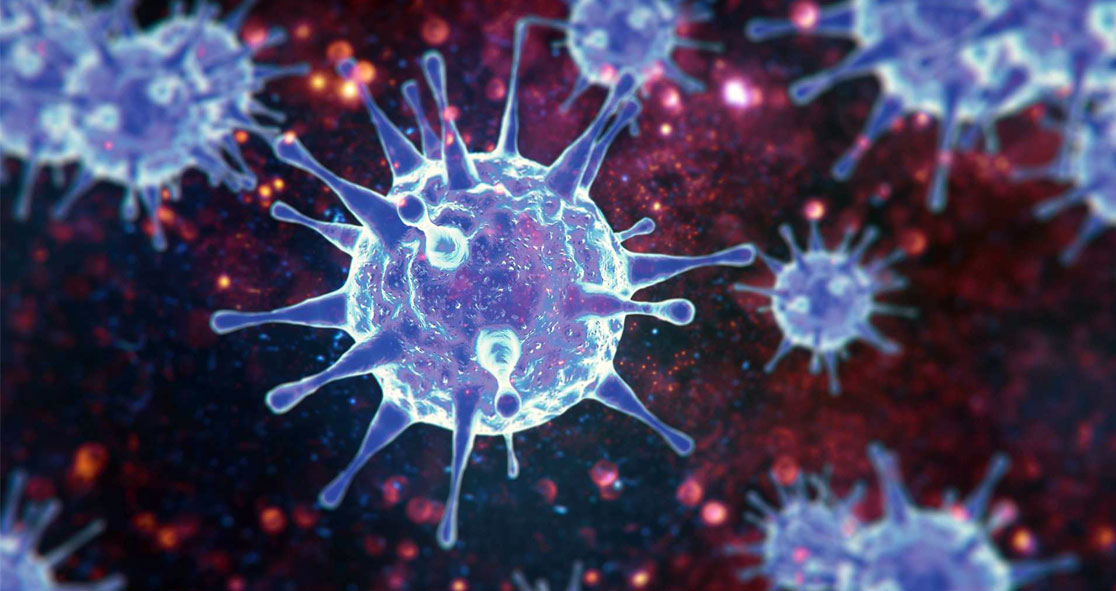Researchers at the University of Liverpool have mitigated the future spread of diseases caused by existing viruses.
They used a form of artificial intelligence (AI) called machine-learning to predict over 20,000 unknown links between known viruses and susceptible mammalian species, according to Science Daily.
The study findings, published in Nature Communications, could be used to help target disease surveillance programs.
Numerous viruses affect mammals and recent estimates indicate that only 1% of mammalian viral diversity has been discovered so far. Most viruses such as rabies and West Nile have a wide range of hosts but some like human and feline immunodeficiency viruses have a narrow host range.
Lead researcher Dr. Maya Wardeh said, “Host range is an important predictor of whether a virus is zoonotic and therefore poses a risk to humans. Most recently, SARS-CoV-2 has been found to have a relatively broad host range which may have facilitated its spill-over to humans. However, our knowledge of the host range of most viruses remains limited.”
The team developed a novel machine-learning framework to predict unknown associations between existing viruses and susceptible mammalian species by consolidating three distinct perspectives, per Science Daily.
Their findings suggest that there are over five times as many associations between existing zoonotic viruses and wild and semi-domesticated mammals.
They also found that bats and rodents, which have commonly been linked to recent outbreaks of emerging viruses such as coronaviruses and hantaviruses, were associated with an increased risk of zoonotic viruses.
The AI model has also predicted a five-fold increase in links between wild and semi-domesticated mammals and viruses of economically important domestic species such as livestock and pets, according to Science Daily.
“As viruses continue to move across the globe, our model provides a powerful way to assess potential hosts they have yet to encounter,” Dr. Wardeh explained. “Having this foresight could help to identify and mitigate zoonotic and animal-disease risks, such as spill-over from animal reservoirs into human populations.” Dr. Wardeh and her team are currently expanding the approach to predict the ability of insects and ticks to transmit viruses to mammals and birds.























